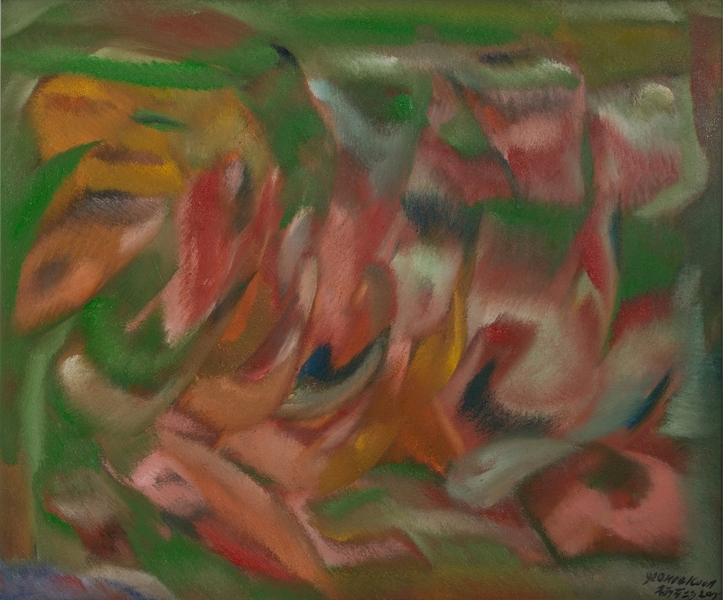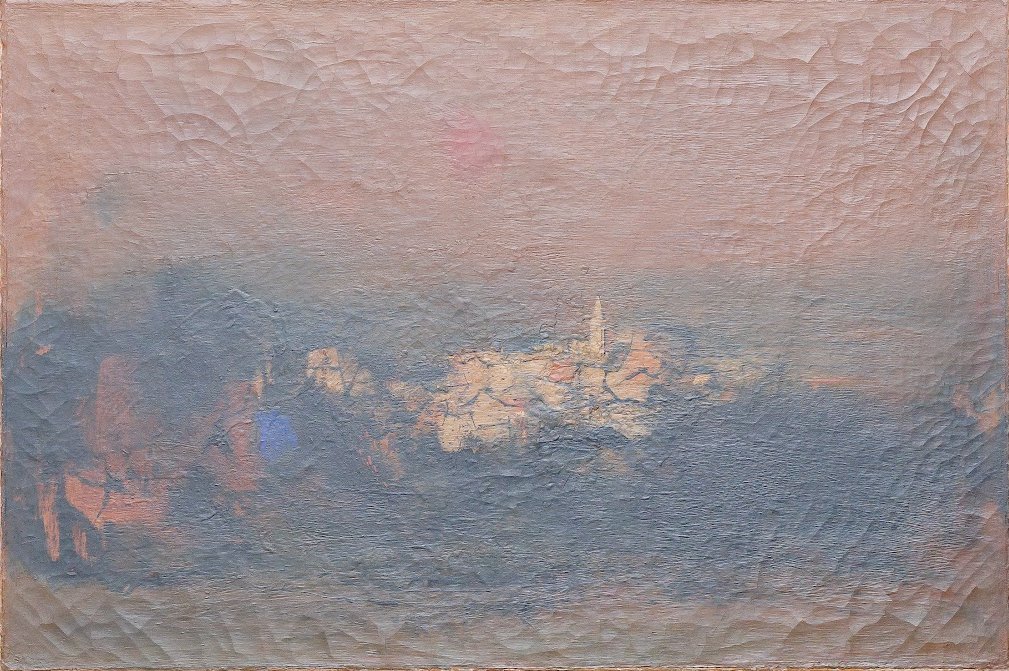Acrylic Painting on Canvas Team Bonding Art Jamming Singapore Visual Arts Centre
























Yeo Hoe Koon
Oil on Canvas
64 x 89.5 cm
Price Range: $16,000 - $20,000

Yeo Hoe Koon
Oil on Canvas
101 x 123 cm
Price Range: $26,000 - $32,000

Chen Wen Hsi
Chinese Ink and Color on Paper
50 x 54cm
Price Range: SGD $42,000 - $50,000

Cheong Soo Pieng
Red Tone
61 x 91.5cm
Price Range: SGD $108,000 - $138,000

Cheong Soo Pieng
Abstract Landscape
50 x 61cm
Price Range: SGD $95,000 -$128,000

Fan Shao Hua
Chinese Ink and Colour on Paper
100 x 100cm
Price Range: SGD $9,800 - $14,800

Fan Shao Hua
Chinese Ink and Colour on Paper
100 x 100cm
Price Range: SGD $8,800 - $13,800
SINGAPORE – It is a father-and-daughter team effort behind Chinese landscape painter Liu Guo’s eighth Singapore solo exhibition.
The 57-year-old is displaying 25 mainly winter and autumn scenes of Mount Changbaishan in China’s Jilin province, his birthplace. The exhibition is curated by his 23-year-old daughter Iola, a gallery owner in Singapore.
Their connection to Singapore goes back nearly 20 years, to the day the National Arts Council (NAC) invited the artist to live and work here under its Foreign Artistic Talent Scheme.
The scheme, launched jointly by the NAC and the Immigration and Checkpoints Authority in 1991, has since given permanent residence status and citizenship to close to 100 artists, musicians and dancers from all over the world, including Mr Liu.
He first exhibited here in 1992. When he returned for a second show in 1995, he was spotted as an artistic talent Singapore would like to have.
The following year, Mr Liu, his interior designer wife Wu Xiaoqing, their daughter Iola, then five, and son Tristan, 13, moved into a three-room Housing Board flat in Bedok, bought with money from the sale of his paintings.
Madam Wu, 48, recalled how the letter inviting them to Singapore and signed by then NAC chairman Tommy Koh arrived at their Jilin home in the middle of 1995, but they did not know what it said until they found someone to translate it into Chinese some months later. “By then it was already a month before the expiry of the six-month standing invitation.”
They packed their bags almost immediately, and arrived here in February 1996, days before Chinese New Year.
Iola attended local schools before getting a degree in accounting and finance from the Australian National University in 2011.
Tristan did his national service before going back to a Jilin university for a degree in environmental design, graduating in 2008. Married with a seven-month-old son, he works with his mother in the inte- rior design firm she set up in 1998.
Meanwhile, artist Liu, who travels extensively in China and elsewhere to paint and lecture, spends only about two months a year at their Singapore home, now a three- bedroom condo in Pasir Ris.
He said: “We decided to move here because of the sincerity of the Singapore Government and we love this country for its cleanliness and multiracial population.”
He is happy that his wife and children have become Singapore citizens, and that “most of all, my grandson is born here”.
Ambassador-at-large Tommy Koh said: “I met his daughter recently at the gallery she opened in Tanglin Shopping Centre and was impressed by her.”
Liu Guo’s current show – The Pulse of Nature – is on daily at the Fullerton Hotel from 10am to 8pm till Feb 7. Admission is free, and 15 per cent of the proceeds from sale of his works will go to the Singapore General Hospital’s Needy Patient Fund.
Click and get to our WhatsApp
Embark on a captivating journey into the vibrant world of digital art! Our Foundation in Digital Art workshop invites budding creatives aged nine and above to unleash their imagination and hone their artistic skills in a dynamic, supportive environment. From mastering basic digital tools to crafting mesmerizing digital masterpieces, children will explore a spectrum of techniques guided by seasoned mentors. Through hands-on activities and interactive sessions, participants will discover the endless possibilities of digital expression while fostering creativity and critical thinking. Join us for an exhilarating adventure where young artists transform ideas into stunning visual realities, igniting a passion for digital art
In the Batik Introduction Handkerchief Painting workshop, participants will learn the traditional art of batik, a wax-resist dyeing technique originating from Indonesia. The workshop begins with a brief history and overview of batik, highlighting its cultural significance and various techniques. Participants will then observe a demonstration of applying wax with tjanting tools and dyeing the fabric. Following the demonstration, each participant will design and create their own batik handkerchief, applying wax to create patterns and then dyeing their fabric. The workshop concludes with a group discussion, allowing participants to share their creations and reflect on their learning experience.